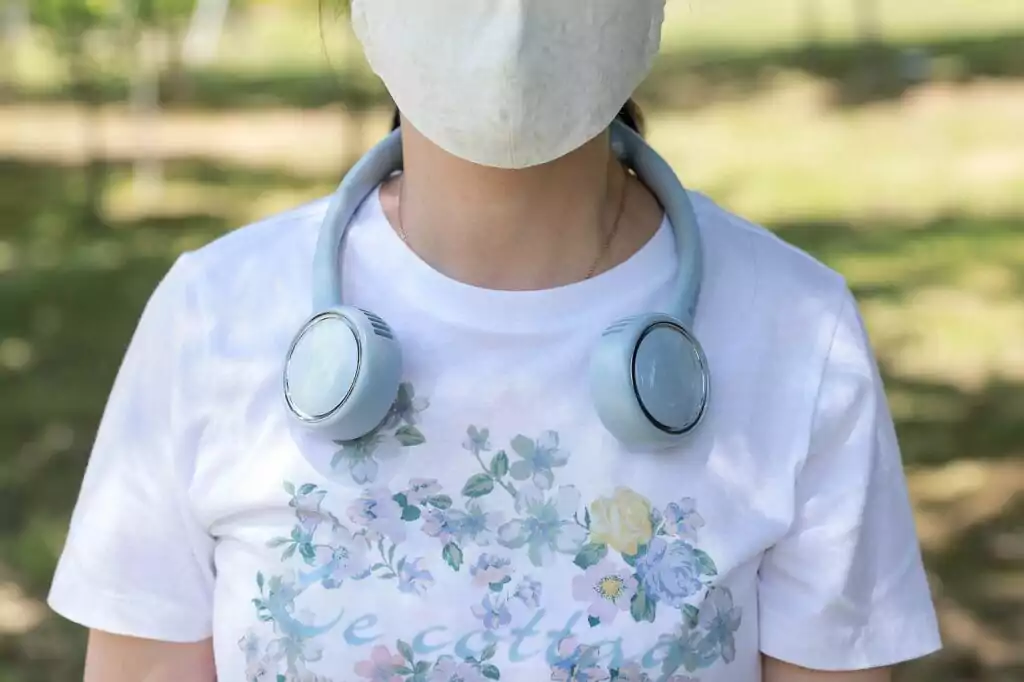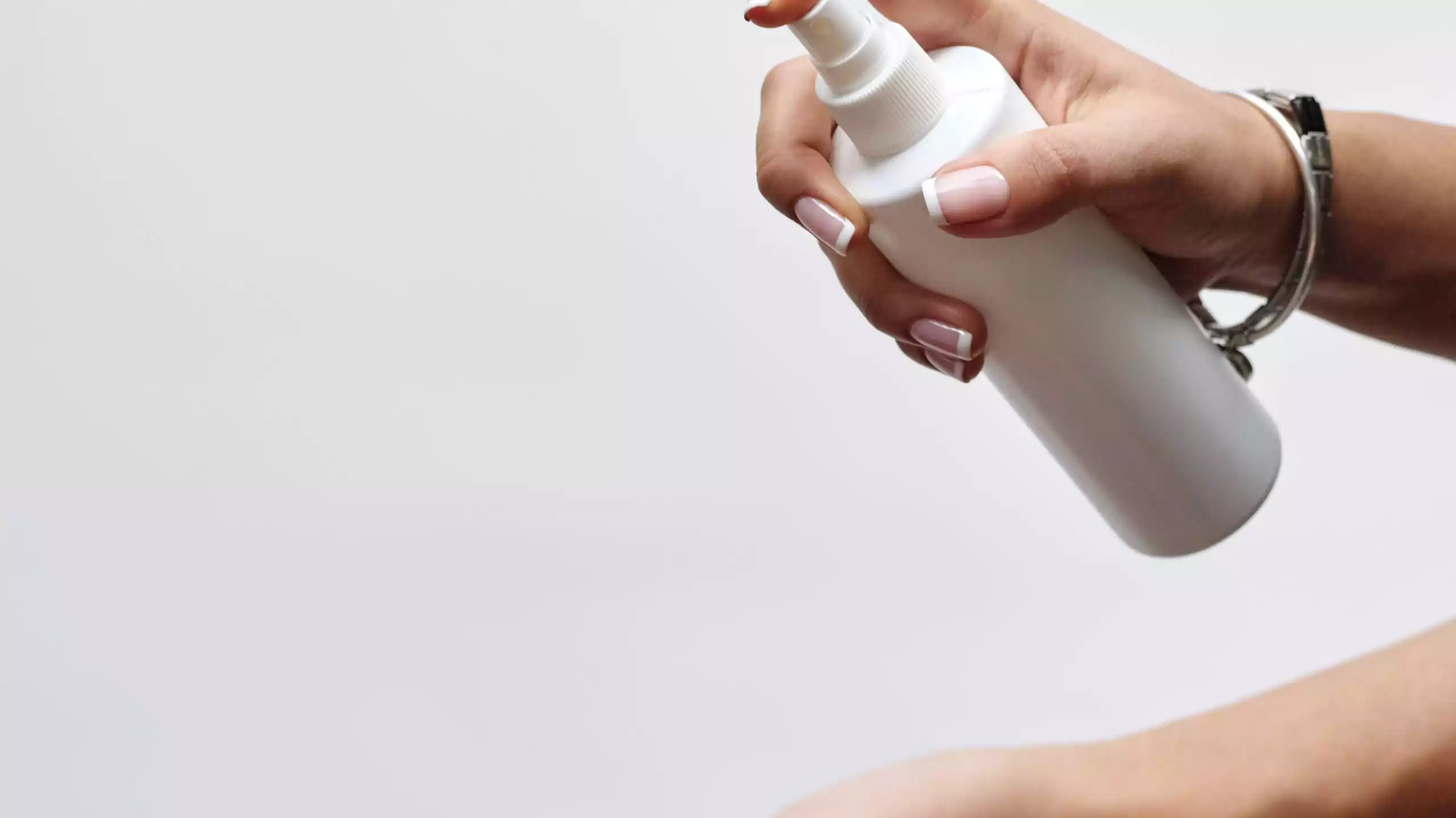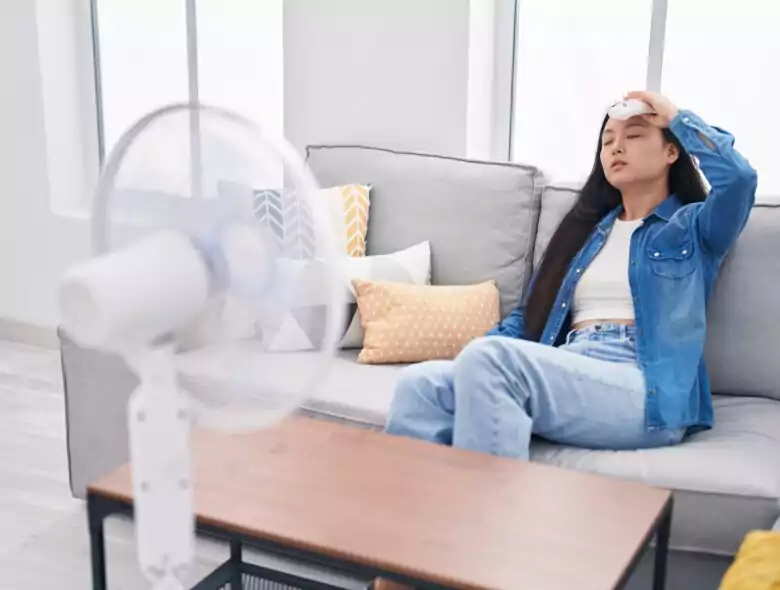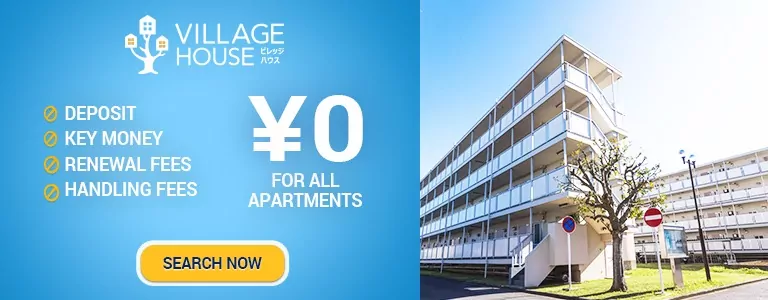Summers in Japan are traditionally from June to mid-September but unfortunately, due to global warming, summers can now stretch well into the month of October. Characterized by its heat and extreme humidity, summers in Japan can bring about temperatures of up to 36°C and it can make for a very sticky and unpleasant few months if you’re not prepared.
If you’re planning to stay in Japan for the foreseeable future, having to deal with summer is an inevitability unless you relocate to Hokkaido until autumn or spend your summers abroad. To help you beat the heat, this article will introduce and highlight some must-have products for your apartment that’ll hopefully put a dent in the scorching temperatures and suffocating humidity. Speaking of apartments, if you’re currently on the hunt for one, Village House is a real estate agency specializing in budget–friendly rental properties across all 47 prefectures in Japan.

Cooling Pad
A cooling pad is a bed topper infused with the same cold gel material found in ice packs. It’s designed to help lower your body temperature when sleeping and has the bonus effect of adding an extra layer of softness to your mattress.
Cooling pads may also be made with cooling materials and fibers to help regulate and lower your core body temperature when sleeping.
Cooling Pillow
A cooling pillow is a multi-layered ice pillow made for sleeping. It differs from regular pillows in that it has a built in ice pack and the pillow cover is made with cooling properties. This product is a must-have during Japan’s blistering summers and can be easily purchased at any drug store or hypermarket. Depending on the brand and model, cooling pillows can be effective for up to 10 hours so long as they are put in the freezer for around 12 hours.
Thermal Curtains
Thermal curtains are designed to provide insulation and regulate temperatures in your apartment or house; and they’re able to do this because they are made of thick materials such as polyester or acrylic, which help to keep the heat in during winter and the heat out during summer. They also keep the room nice and dark so you can get a good night’s sleep and not wake up to the sun’s ray stabbing into your face.
Thermal curtains can be bought in any home furniture store and come in a variety of colors and designs to cater to your preferences.
Portable Fan

A staple item for many during Japan’s suffocating summer months, portable fans are readily available at many 100yen shops, supermarkets, malls etc. Depending on how basic or fancy of a model you want, portable fans can be USB charged, battery operated, handheld, clipped onto your bag, or worn around your neck like headphones.
Some portable fans double as power banks allowing you to charge your gadgets and some even have a built-in flashlight or mist sprayer!
Insect Repellent

With summer comes bugs; it’s a fact of life. One of the biggest pests that crawl out from wet areas as temperatures soar are mosquitoes or ka in Japanese. In Japan, mosquito season lasts for the duration of summer and autumn and if you’re one of the poor unfortunate souls that attract these irritating buzzing pests, you’re going to need fortify your home with one or more of the following:
- Insect repellent coil that when burned, will give off an odor to repel mosquitoes
- Insect sprays and creams – some double as sunscreen so it’s good lather on a good amount before going outside
- Insect repellent devices to “scare away” the creepy crawlies – these devices emit a frequency that supposedly keep the critters away
- Outdoor hanging repellent plate to ward off insects – prevent them from entering your home by hanging these by the balcony door s, front entrances, windows etc.
In sum, summers in Japan can be pretty brutal but thanks to Japanese ingenuity, there are a myriad of products to help you beat the summer heat, stay cool, and hopefully not get bitten by all the insects that come out at temperatures rise.
If you’re currently looking at apartments, Village House representatives will be more than happy to answer any questions regarding where the apartment faces in terms of north, south, east, west in case you want to know how much natural light the apartment gets; and if the area and building has a history of pest issues.
Related articles:
- Top 6 Tips to Stay Cool and Comfortable in Your Room Even in Summer!
- How to Refresh Your Home for Summer in Japan
- Apartment Essentials for the Colder Season
- Essential Prep for the Rainy Season: How to Manage Humidity
- 5 Items That Will Keep You Warm and Cozy This Winter




